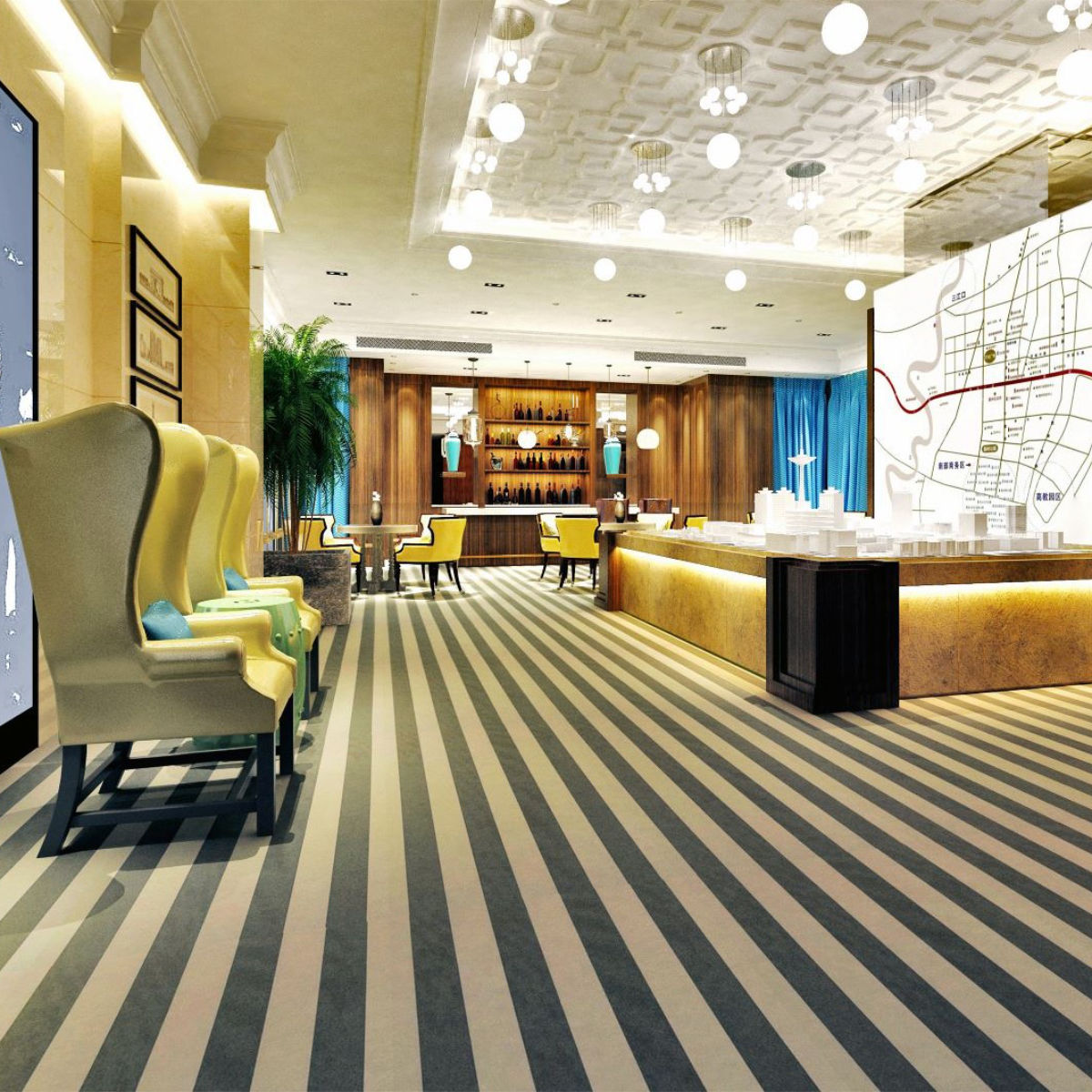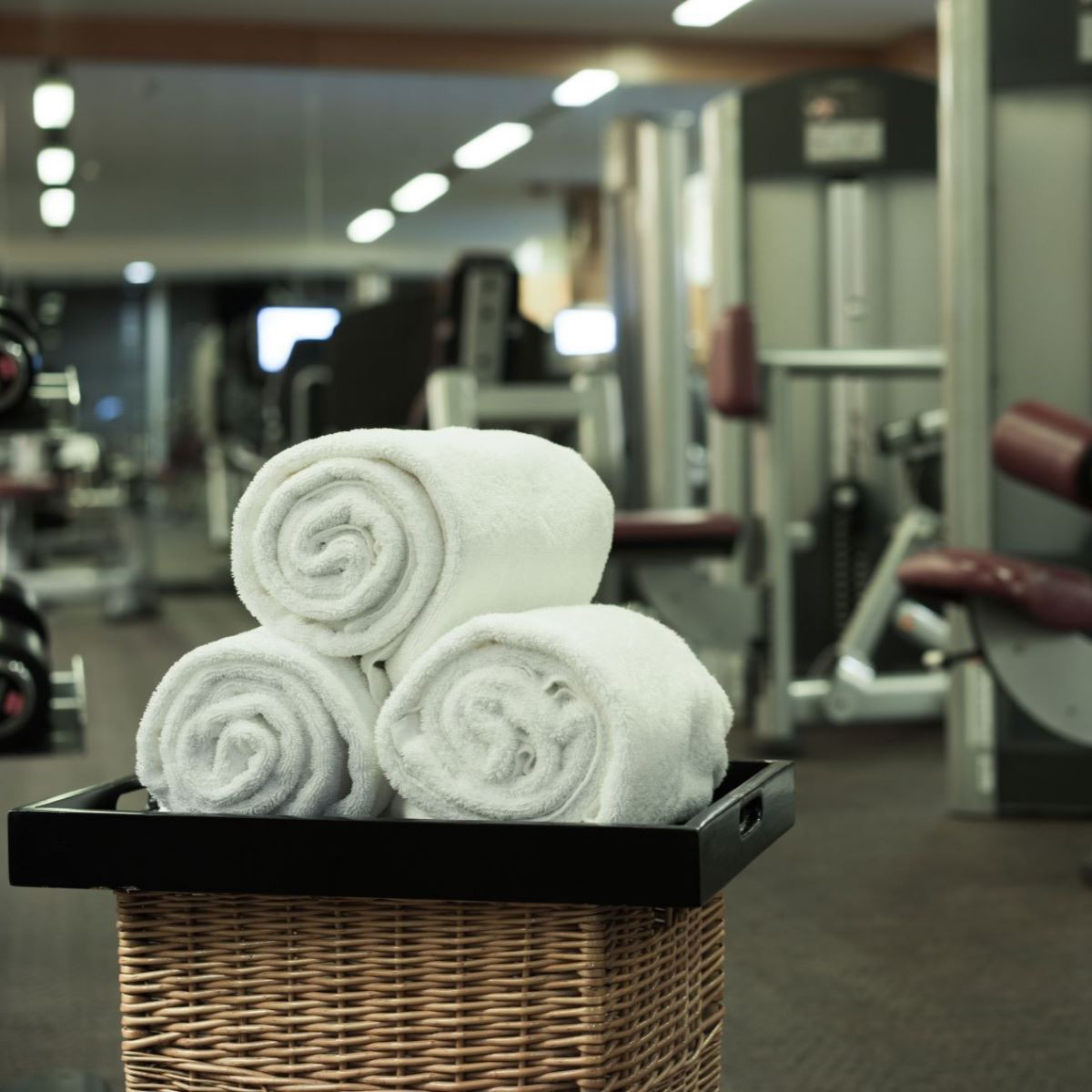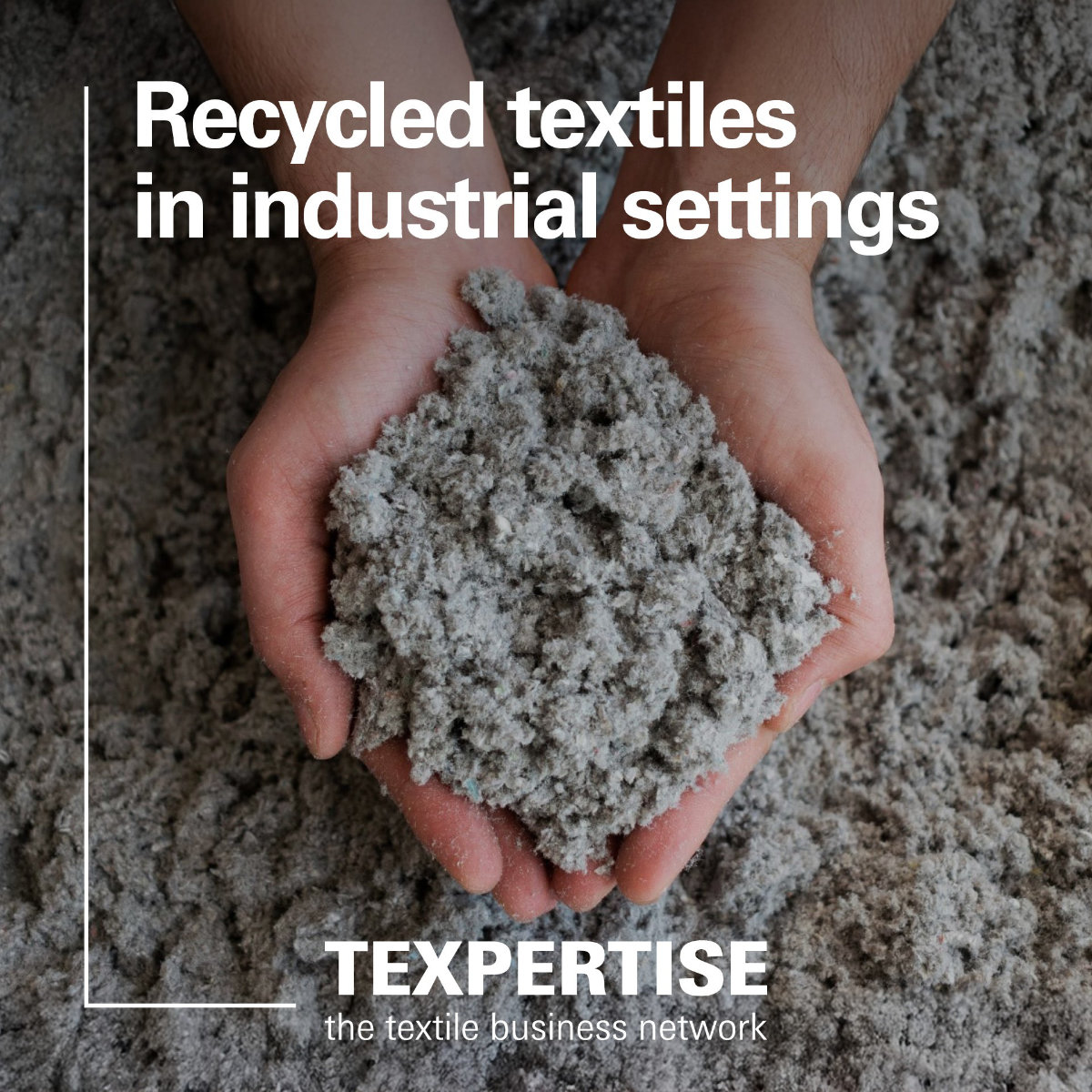Reading time: 2 minutes
Noise in the office: an underestimated factor
Noise remains one of the most underestimated stressors in the modern office. It falls within the remit of occupational health and safety – making it an employer’s duty to provide effective sound protection. The implementation of such measures can be integrated into spatial and interior design planning.
Noise has a demonstrable effect on well-being, productivity and employee health. Interior designers and specifiers are therefore called upon to optimise acoustics – for example, through sound-absorbing textile solutions.
Noise sources and their impact
Disruptive sounds in office environments can have multiple negative effects. Studies show that up to 70% of employees worldwide experience reduced concentration and creativity due to noise – with measurable losses in productivity and work quality.
Chronic noise exposure is also a recognised health risk, contributing to stress, high blood pressure, sleep disorders and hearing damage. Over time, stress hormones may impair vascular health, increasing the risk of cardiovascular disease.
Communication suffers as well: louder environments increase the likelihood of misunderstandings and operational errors.
Summary of noise impacts:
- Elevated stress levels
- Reduced productivity and concentration
- Greater risk of communication errors
How sound-absorbing textiles work
A key strategy involves structuring office space – for example, through designated quiet zones or separate meeting areas. Even open-plan offices can be acoustically optimised through the use of sound-absorbing textiles, which dampen sound waves and convert them into heat.
The effectiveness of these materials depends on fibre density, porosity and surface structure. Acoustic textiles can break up sound waves and absorb vibrations to minimise reflections.
Benefits of sound-absorbing textiles in the workplace
Textile acoustic solutions reduce reverberation, echo and surface reflection – creating a more pleasant and focused work environment. This, in turn, improves concentration, communication and employee satisfaction.
Sustainability also plays an increasing role. Manufacturers now offer acoustic fabrics made from natural fibres or materials sourced from circular production. Their broad range of colours, textures and structures allows them to blend seamlessly into customised room concepts.
Intelligent room layouts – for example, using textile room dividers – help separate noisy areas from quiet zones. This supports both acoustic performance and flexible space management.
Conclusion: acoustic textiles improve working conditions
Excessive workplace noise reduces productivity, increases stress and has significant occupational health implications. Sound-absorbing textiles provide an effective means of meeting these challenges. They improve workplace acoustics and can be individually tailored to the client’s aesthetic, functional and sustainability goals – delivering real added value in terms of well-being and performance.
FAQ – frequently asked questions
Which fabrics are best for reducing noise in office environments?
The best choice depends on the intended use. For upholstery, velour, wool or textured fabrics are commonly used. Molton (usually cotton-based) is ideal for full-length acoustic curtains or room dividers. These fabrics are also used in acoustic panels.
Can sound-absorbing textiles also be stylish?
Yes – modern acoustic textiles combine technical performance with design versatility. As part of a well-planned office concept, they support communication, functionality and visual appeal.
How do these textiles affect productivity?
By reducing noise levels – for example, through acoustic curtains or partitions – they improve speech intelligibility and support concentration. They also enable flexible spatial configurations that adapt to changing needs.










